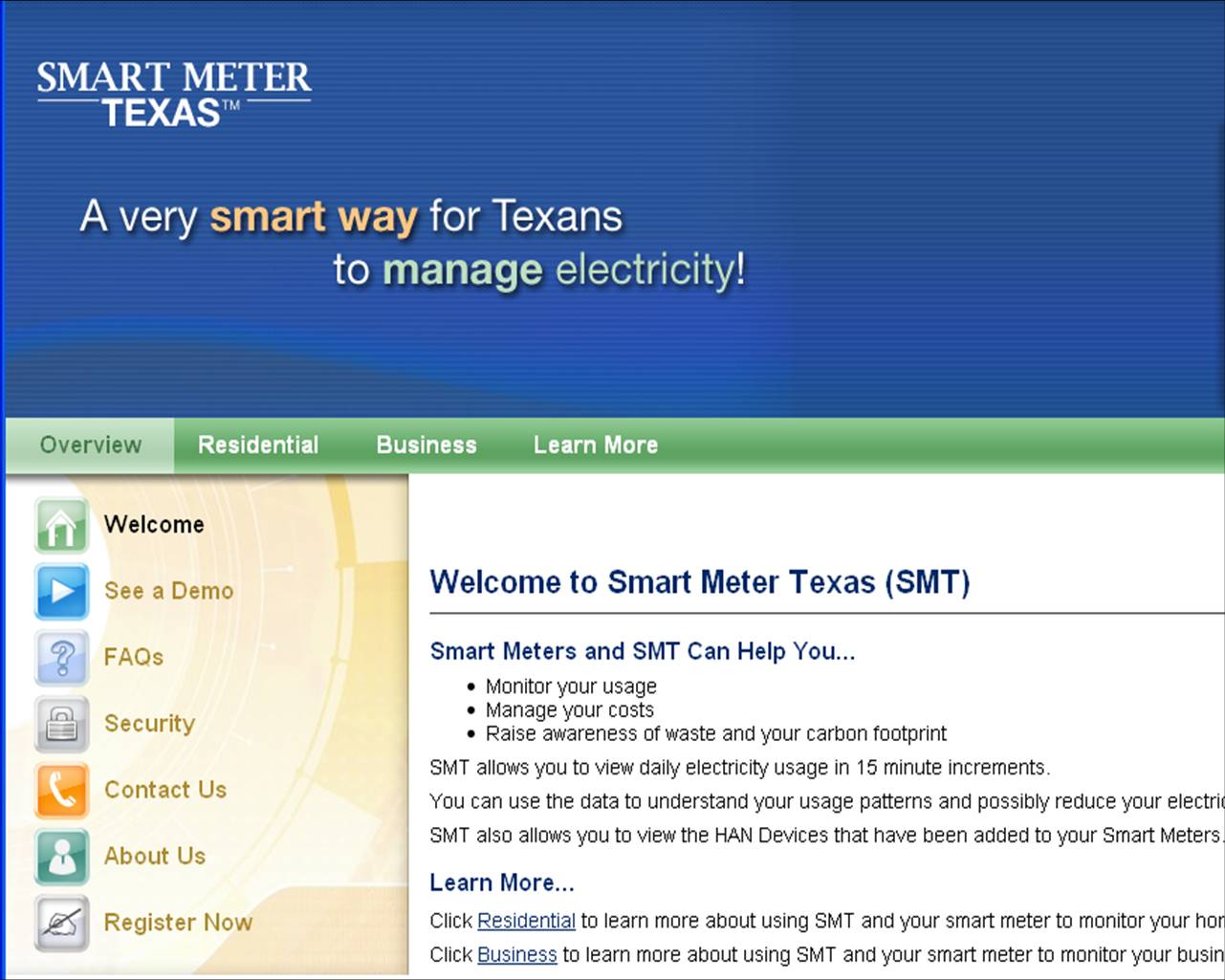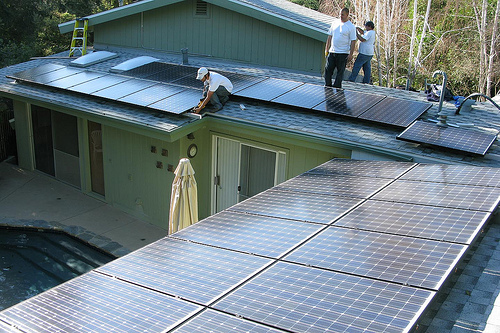Reuters carried a good story with this headline Texas, home to Big Oil takes a shine to solar power that describes the solar potential that exists, along with industry involvement and how it could be expanded here if we could just develop some statewide policy that supports it.
Too bad the commissioners at the Texas Public Utility Commission (PUC) don’t see it the same way. After spending years (literally, years– since 2005) to come up with a portion of the state’s renewable portfolio standard to deal with solar and other forms of renewables besides wind, they finally got around to publishing a proposed rule (the 500Mw non-wind portfolio standard) for these technologies.
This effort, at best, would be best termed as abysmal.
As described by the Environmental Defense Fund in this post “The proposed rule drastically reduces the target set by the Texas Legislature in 2005 of 500 MW by the year 2015.”
Commissioner Ken Anderson described it this way: “This is just a proposal.” In fact, all three Commissioners stressed that the simple act of publishing the proposed rule does not mean that the commission ever intends to implement the rule.
So it looks like the Legislature is once again going to have to take up this simple task. And give the commission direction. As they did 5 years ago. And again during last session.
Texas has lost hundreds of opportunities for solar companies to locate here– and over 10 billion in capitol investment– because we don’t have any statewide policy in place to support what could be the biggest boom industry since they started calling the Austin the Silicon Hills (as opposed to the silicon valley).
With the Legislature having its hands full with a huge budget shortfall, redistricting and their usual work on top of it, let’s hope they can find time to send a clear message to the PUC that this needs to be done (as they were instructed in 2005) and it needs to be done now before more opportunities slip away.
We need a dramatically increased solar program. More than anything, we need the jobs, we need the energy, we have the people and we have plenty of sunshine. We just need a little good policy.
With ICF International’s John Blaney stateing “We’re continuing to expect renewable capacity to grow rapidly in the near term, but it slows briefly after the incentives expire. Despite the recent market volatility – the huge buildup in 2009 and the slowdown in 2010 — we project that the U.S. will install just over 51 gigawatts of renewables between 2011 and 2016 and 86 gigawatts between 2017 and 2030″, is Texas really going to miss out on this energy boom ?
With Austin and San Antonio making strides, the announcement of the ground breaking by RRE Austin on their solar farm and SunPower looking to open an office in Austin its just the tip of what could be a clean tech explosion for Texas.
Send some sunshine our way.
###
By promoting cleaner energy, cleaner government, and cleaner air for all Texans, we hope to provide for a healthy place to live and prosper. We are Public Citizen Texas.
Read Full Post »



 The Houston Chronicle ran an Op-Ed Sunday entitled
The Houston Chronicle ran an Op-Ed Sunday entitled 

